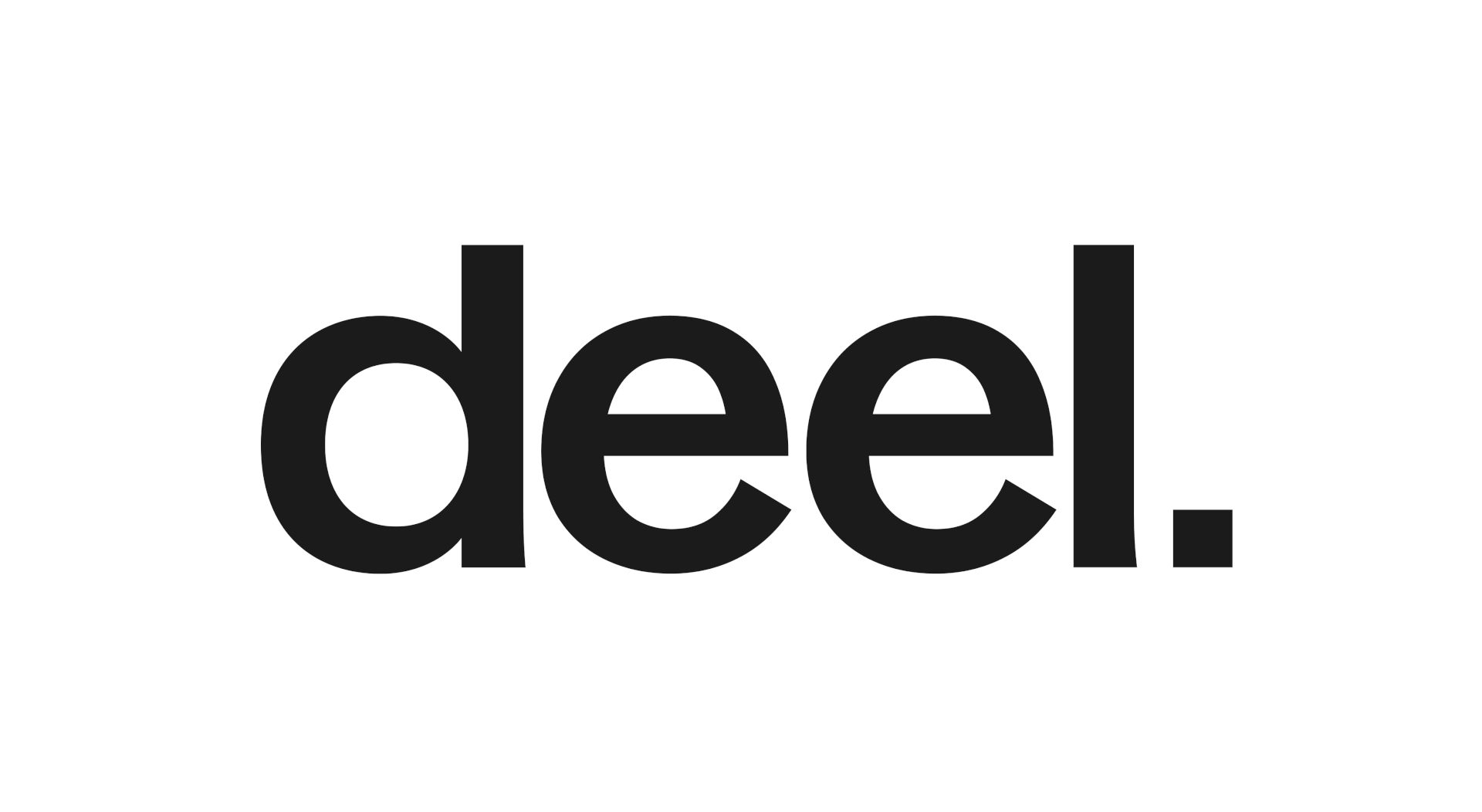Hiring employees is an essential part of business growth, but it comes with various responsibilities, such as payroll, taxes, benefits administration, compliance, and other HR functions. Small and medium-sized businesses (SMBs) may not have the resources to handle all of these tasks in-house. This is where an Employer of Record (EOR) or a Professional Employer Organization (PEO) comes in.
Although these two terms may seem interchangeable, they represent different business models with unique benefits and drawbacks. In this article, we will discuss the difference between EOR and PEO, their advantages and disadvantages, and how to choose the right option for your business.
Recommended Service:
Bring on talent worldwide with our Deel’s EOR entities. The Employer of Record service opens doors to hire in countries you’ve never operated in or where you don’t own an entity. Dive into global markets, scale fast, and provide a world-class experience for your international dream-team.
Used by teams large and small with 15,000+ businesses across the globe (and counting). Whether you want to hire contractors and employees worldwide without opening legal entities, streamline HR for your global team, or consolidate payroll for everyone —Deel does it all (while keeping you compliant).
What is an Employer of Record (EOR)?
An Employer of Record (EOR) is a third-party company that takes on the legal responsibilities of being an employer, such as paying wages, taxes, and benefits on behalf of their client. In other words, the EOR becomes the official employer of the client’s employees.
The client company retains control over the day-to-day tasks of the employees, such as work schedules, tasks, and performance management. However, the EOR manages all administrative tasks such as onboarding, offboarding, payroll processing, compliance, and benefits administration.
Benefits of Using an EOR
- Cost savings: Using an EOR can be more cost-effective than hiring an in-house HR team, especially for small businesses. The EOR can leverage economies of scale to provide HR services at a lower cost.
- Compliance: The EOR takes care of compliance issues, such as local, state, and federal employment laws, tax regulations, and reporting requirements.
- Employee benefits: EORs can offer employee benefits packages that may not be available to smaller businesses. This can include health insurance, retirement plans, and other perks.
- Risk management: The EOR assumes the legal liabilities of being an employer, which can mitigate the risk of lawsuits and legal disputes.
What is a Professional Employer Organization (PEO)?
A Professional Employer Organization (PEO) is also a third-party company that provides HR services to other businesses. However, the PEO model is different from EOR in that the PEO becomes a co-employer of the client’s employees.
This means that the PEO shares some of the employer responsibilities with the client, such as compliance, payroll processing, taxes, benefits administration, and risk management. The PEO also provides HR support and guidance to the client, including hiring, training, and performance management.
Benefits of Using a PEO
- Administrative support: PEOs can handle administrative tasks such as payroll, benefits administration, and compliance, which can save time and resources for the client.
- HR expertise: PEOs have HR professionals who can provide guidance on employment issues, such as hiring, performance management, and employee relations.
- Employee benefits: PEOs can offer employee benefits packages at a lower cost than individual businesses because of the PEO’s buying power.
- Risk management: PEOs share the legal liabilities of being an employer, which can mitigate the risk of lawsuits and legal disputes.
Differences Between EOR and PEO
Now that we’ve defined EOR and PEO, let’s explore some of the key differences between the two and help you decide which solution is best for your organization.
1. Employment relationship
One of the most significant differences between an EOR and a PEO is the nature of the employment relationship. With an EOR, the employee is directly employed by the EOR and not the client company. In contrast, with a PEO, the client company and the PEO share the employment relationship, with the PEO acting as the employer of record for tax and insurance purposes.
2. HR management
Another key difference between an EOR and a PEO is the level of HR management support they provide. An EOR typically offers minimal HR support and primarily focuses on handling payroll, tax withholding, and other administrative tasks. On the other hand, a PEO provides comprehensive HR support, including benefits administration, employee training and development, and compliance with labor laws and regulations.
3. Legal liability
With an EOR, the EOR assumes legal liability for employment-related issues, such as workers’ compensation claims, payroll tax compliance, and employment law compliance. In contrast, with a PEO, the client company and the PEO share legal liability, with the PEO assuming responsibility for certain employment-related issues, such as workers’ compensation insurance and unemployment insurance.
4. Cost structure
The cost structure of an EOR and a PEO differs significantly. An EOR typically charges a flat fee for its services, which is based on the number of employees it manages for the client company. In contrast, a PEO charges a percentage of the client company’s payroll, which is typically between 2% and 12%, depending on the level of services provided.
5. Level of control
Another key difference between an EOR and a PEO is the level of control the client company retains over its employees. With an EOR, the client company retains full control over its employees, including hiring and firing decisions, performance management, and other HR-related decisions. In contrast, with a PEO, the client company shares control with the PEO, with the PEO typically managing administrative tasks related to the employee’s employment, such as payroll and benefits administration.
6. Branding
With an EOR, the client company’s branding and reputation are not affected by the EOR’s activities. In contrast, with a PEO, the client company’s branding and reputation are affected by the PEO’s activities, as the PEO is responsible for managing the client company’s HR functions and interacting with employees on the client company’s behalf.
7. Scalability
Finally, a key difference between an EOR and a PEO is their scalability. An EOR is typically best suited for smaller companies that have a limited number of employees and do not require extensive HR support. In contrast, a PEO is better suited for larger companies that require comprehensive HR support and have more complex HR needs.
Conclusion
In summary, both the EOR and PEO models offer valuable solutions to organizations looking to manage their workforce effectively. However, the two solutions differ significantly in their employment relationship, level of HR management support, legal liability, cost structure, level of control, branding, and scalability. It is essential to carefully evaluate your organization’s needs and goals to determine which solution is the best fit for your company.












